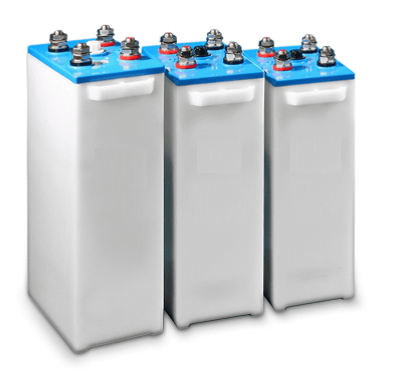In the energy storage industry, selecting the right battery technology involves evaluating key performance metrics such as energy density, cycle life, temperature tolerance, and cost. This article delves into a detailed performance comparison between cadmium-nickel (NiCd) batteries and OPzV batteries.
Energy Density
NiCd batteries typically have a lower energy density compared to OPzV batteries. This means that for the same volume or weight, OPzV batteries can store more energy. However, NiCd batteries’ higher discharge rate compensates for this limitation in applications requiring high power output.
Cycle Life
NiCd batteries are renowned for their robust cycle life, often exceeding 2000 charge-discharge cycles. OPzV batteries also offer a long cycle life, with many designs providing over 3000 cycles at 50% depth of discharge. However, NiCd batteries may require more maintenance to achieve their maximum lifespan.
Temperature Tolerance
One of the standout features of NiCd batteries is their exceptional temperature tolerance. They perform reliably in environments ranging from -40°C to 60°C. In contrast, OPzV batteries are more sensitive to extreme temperatures and may require thermal management systems in harsh conditions.
Environmental Impact
Environmental considerations play a significant role in battery selection. NiCd batteries contain cadmium, a toxic heavy metal that poses disposal challenges. In contrast, OPzV batteries use lead, which is also hazardous but more widely recycled and regulated. Overall, OPzV batteries are considered less harmful to the environment.
Cost
NiCd batteries are generally more expensive upfront compared to OPzV batteries. However, their durability and ability to operate in challenging conditions can offset the initial investment over time. OPzV batteries, with their lower initial cost and minimal maintenance, are often favored for stationary applications.


